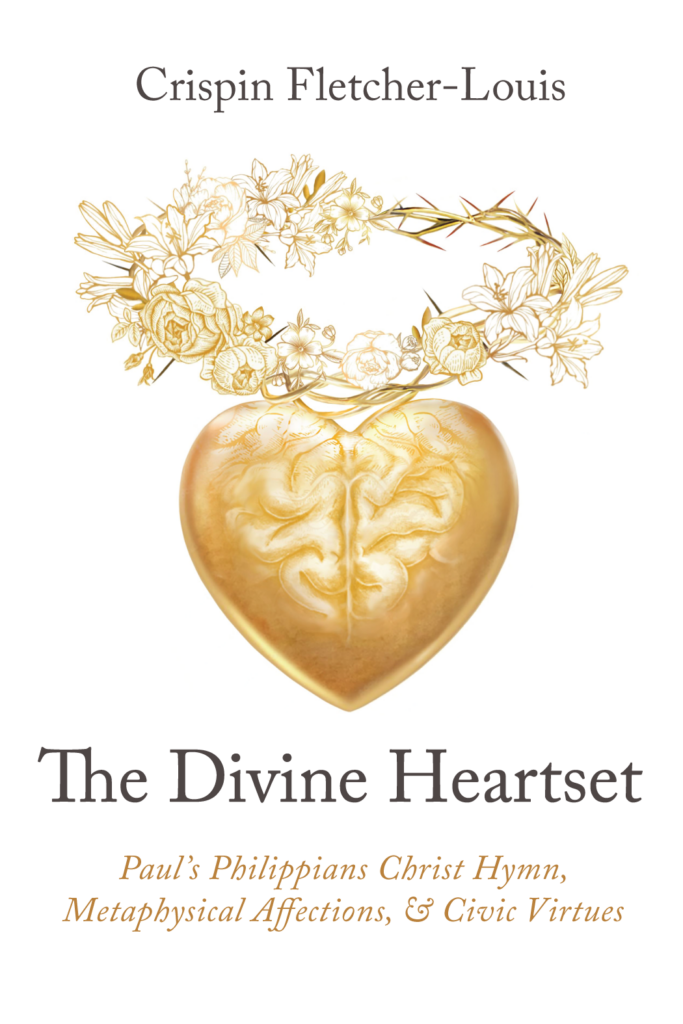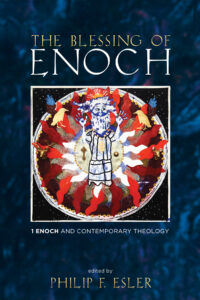The arguments of my Divine Heartset include more than half-a-dozen proposals for new translations of some unusual Greek language that Paul employs in his letter to the Philippians. Outside of the Christ Hymn, my favourite appear in the passage where Paul tees up his praise of Christ.
Here is my translation of 2:1–4, with new translations highlighted:
2:1 So if there is any comfort in Messiah, any consolation of love, any participation in the Spirit, any visceral affection and mercies, 2 complete my joy by being of the same mind, having the same love, soul-united and minded to one thing. 3 Do nothing out of venal corruption (κατ’ ἐριθείαν) or vainglory, but in humblemindedness, regarding each other as superior to yourselves. 4 Let each of you be focused not on the interests of their own people, but rather everyone one of you on the interests of everyone else (μὴ τὰ ἑαυτῶν ἕκαστος σκοποῦντες ἀλλὰ [καὶ] τὰ ἑτέρων ἕκαστοι).
At 2:3, the word ἐριθεία is nowadays usually translated “selfish ambition,” “self-seeking,” occasionally “faction(s), factiousness,” “partisanship,” or “party-spirit.” The word is rare, appearing only twice (in Aristotle’s Politics) before it is used a few times by NT authors. (See also Phil 1:17; Rom 2:8; Phil 1:17; 2:3; 2 Cor 12:20; Gal 5:2; Jas 3:14, 16).
I argue (Divine Heartset chapter 11, §3.5) there is no evidence that it has anything to do with selfishness. No classicist, as far as I can tell, gives it that sense in Aristotle’s Politics. Epigraphic data (some of it not considered before) and a careful reexamination of the meagre literary evidence shows that ἐριθεία denotes a kind of corrupt corporate or civic behaviour, for which the best English equivalent would be “venality”. (Though the word ἐριθεία and its cognate verbs and adjective conveyed meanings peculiar to ancient discussions about civic virtue and forms of corruption that were perceived as a threat to community life in the Greek city). This meaning is attested in the Ancient Greek lexica (Hesychius and the Suda), was known to a few nineteenth century commentators, and has at last resurfaced in the Cambridge Greek Lexicon entry for the verbal form, “ἐριθεύομαι mid. vb . . . app. to put oneself up for hire; (pejor. of a person seeking public office) . . .” (CGL 599). My arguments are anticipated also by the work of Angela Standhartinger who translates ἐξ ἐριθείας 1:17 and κατ’ ἐριθείαν in 2:3 as “aus korrupten Motiven” (see her Philipperbrief, 98, 107, 138).
The fact that Paul warns in 2:3 against a kind of venal corruption fits also with a better translation of 2:4. There, too, it is usually thought that Paul urges regard for others, rather than for oneself, even a form of radical altruism: “Let each of you look not to your own interests but to the interests of others”). But Paul’s Greek is peculiar in ways that many commentators miss. It is better translated, as I have done above. So Paul teaches his readers to not be blinded by any allegiance to a particular group, whether that be one created by ethnic, caste, profession or some other index of social value. He wants everyone to love everyone, just as Christ came for all humanity (Phil 2:7).
The idea that Paul teaches against selfishness (here, in Romans 2, 2 Corinthians 12 and Gal 5) is, I contend, a relatively recent interpretative overlay that misses his real concerns.
In this letter (and elsewhere) Paul is incredibly ambitious—for his own and others’ conformity to Christ (3:7–14) and for their receipt of divine glory and praise (1:11; 3:21). Indeed, in much of the letter Paul appeals directly to his readers’ knowledge of, or wise discernment of, their own best interests (see Divine Heartset chapter 11).

